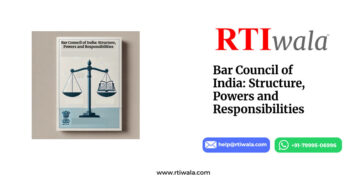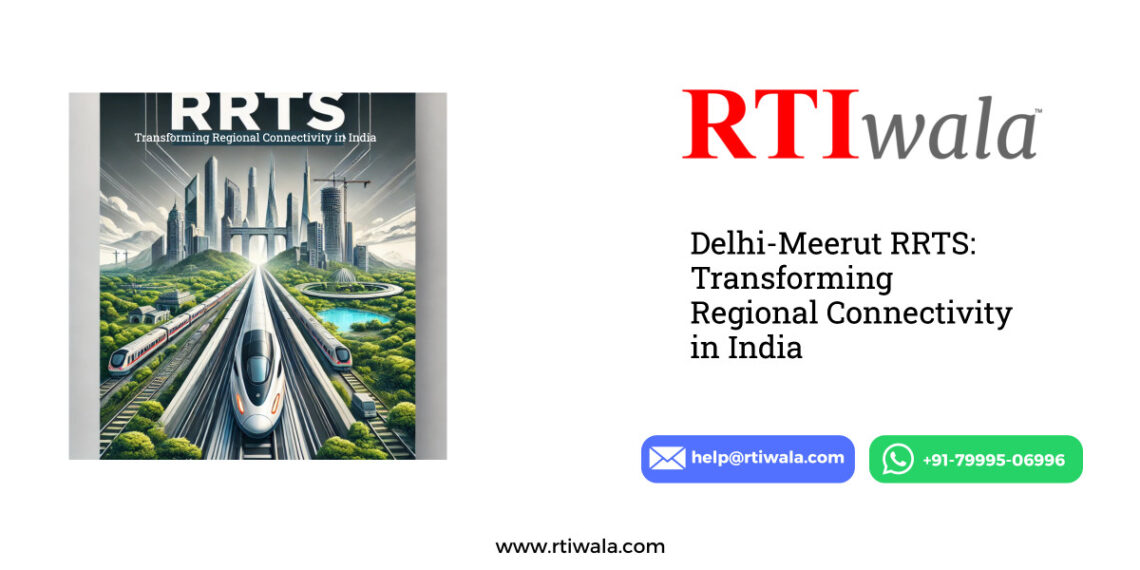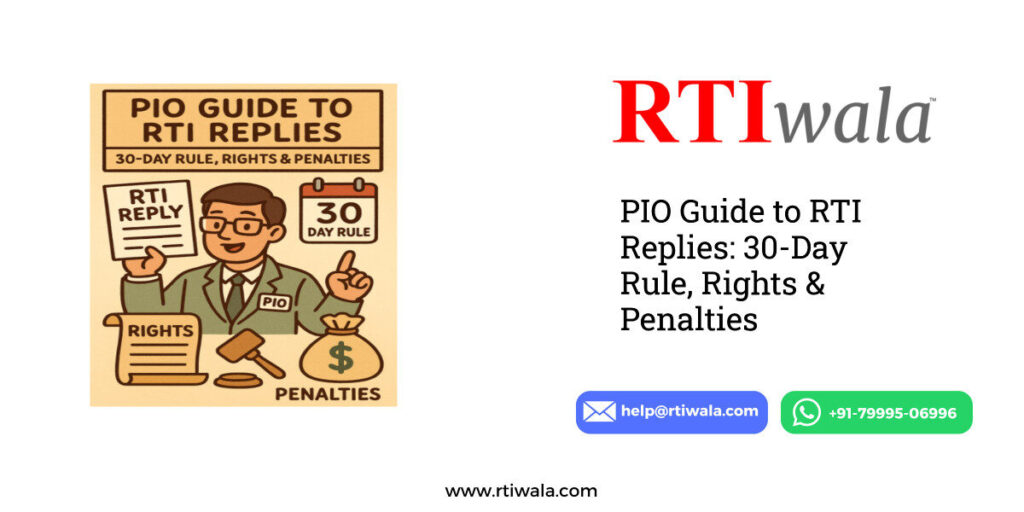Introduction
The Delhi-Meerut Regional Rapid Transit System (RRTS) is a flagship infrastructure project designed to revolutionize regional connectivity and urban mobility in the National Capital Region (NCR). This semi-high-speed rail corridor connects Delhi to Meerut, reducing travel time and easing congestion while promoting sustainable transportation.
This article delves into the objectives, features, and benefits of the Delhi-Meerut RRTS, showcasing its transformative impact on urban and regional development.
What is the Delhi-Meerut RRTS?
The Delhi-Meerut RRTS is a part of India’s first regional rapid rail system, initiated by the National Capital Region Transport Corporation (NCRTC). Covering a distance of 82.15 kilometers, the project features a modern, high-speed rail network with advanced infrastructure and state-of-the-art amenities.
Key Features:
- High-Speed Connectivity:
- Designed for speeds up to 180 km/h, reducing travel time between Delhi and Meerut to approximately 55 minutes.
- Modern Transit System:
- Equipped with energy-efficient, fully air-conditioned trains and cutting-edge safety systems.
- Multi-Modal Integration:
- Seamlessly connects with other public transport systems like Delhi Metro, Indian Railways, and bus services.
Objectives of the Delhi-Meerut RRTS
- Reduce Travel Time:
- Provide fast and efficient transportation for commuters, significantly reducing travel duration.
- Promote Sustainable Mobility:
- Shift commuters from private vehicles to public transit, reducing vehicular emissions and traffic congestion.
- Enhance Regional Development:
- Facilitate economic growth by improving connectivity between urban centers and peripheral towns.
- Boost Commuter Experience:
- Deliver a safe, comfortable, and reliable travel experience.
- Encourage Transit-Oriented Development (TOD):
- Promote urban development around transit hubs, creating vibrant economic zones.
Key Features of the Delhi-Meerut RRTS
1. Semi-High-Speed Trains
- Designed for a top speed of 180 km/h, with an average operational speed of 100 km/h.
- Fully air-conditioned, energy-efficient, and equipped with modern amenities.
2. Dedicated Corridor
- A dedicated rapid rail corridor ensures uninterrupted high-speed operations, separate from existing rail networks.
3. Station Infrastructure
- A total of 24 stations, including key hubs like Sarai Kale Khan (Delhi), Ghaziabad, and Meerut.
- Stations equipped with elevators, escalators, ticketing kiosks, and waiting areas.
4. Sustainability Features
- Solar panels installed on station rooftops.
- Use of regenerative braking systems to minimize energy consumption.
5. Multi-Modal Connectivity
- Interconnectivity with Delhi Metro and other transit systems to enhance commuter convenience.
Route and Timeline
Route:
- The 82.15 km corridor includes 24 stations, with 13 in Uttar Pradesh and the rest in Delhi and NCR.
- Key stops include Sarai Kale Khan, Anand Vihar, Sahibabad, Ghaziabad, Modinagar, and Meerut Central.
Timeline:
- Construction began in 2019.
- The first phase, from Sarai Kale Khan to Ghaziabad, is expected to be operational by 2024.
- The full corridor, including the Meerut section, is projected for completion by 2025.
Benefits of the Delhi-Meerut RRTS
1. Time Efficiency
- Reduces travel time from Delhi to Meerut to under an hour compared to the 2-3 hours by road.
2. Economic Boost
- Enhances access to employment hubs, education centers, and healthcare facilities, promoting regional economic growth.
3. Environmental Impact
- Reduces carbon emissions by encouraging a shift from private vehicles to public transport.
4. Ease of Living
- Provides a world-class travel experience, improving the quality of life for daily commuters.
5. Job Creation
- Generates employment during the construction and operational phases, benefiting the local economy.
Challenges and Solutions
Challenges:
- Land acquisition delays and urban encroachments.
- High construction and operational costs.
- Managing commuter behavior to ensure efficient operations.
Solutions:
- Adopt a collaborative approach with stakeholders for land acquisition.
- Leverage public-private partnerships (PPPs) to manage financial challenges.
- Conduct awareness programs to educate commuters about proper usage of the system.
Delhi-Meerut RRTS and Transit-Oriented Development (TOD)
The Delhi-Meerut RRTS incorporates the principles of Transit-Oriented Development (TOD), which promotes sustainable urban growth around transit hubs. Key aspects include:
- Development of residential, commercial, and recreational spaces near stations.
- Enhanced walkability and last-mile connectivity.
- Increased economic activities, boosting local businesses and real estate.
Conclusion
The Delhi-Meerut RRTS is a landmark project in India’s transportation landscape, setting a benchmark for future regional rapid transit systems. By significantly reducing travel time, promoting sustainability, and fostering economic development, the RRTS will not only benefit daily commuters but also enhance the quality of urban and regional life.
















































